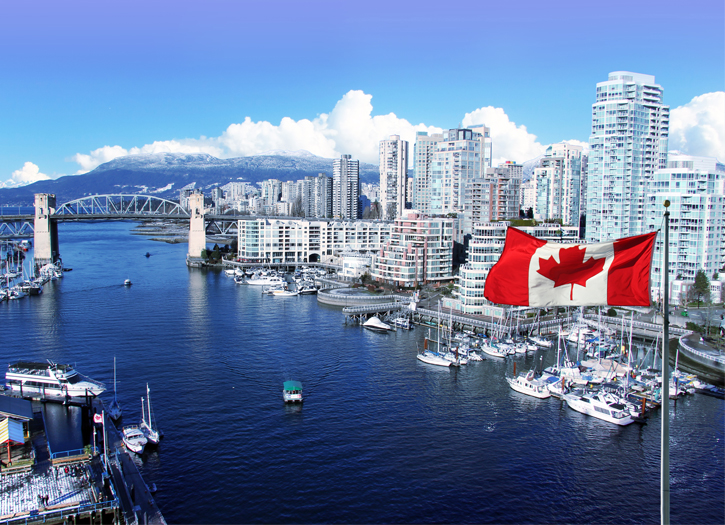The virus was confirmed to have reached Canada on January 27, 2020, after an individual who had returned to Toronto from Wuhan, Hubei, China, tested positive. As of August 19, 2020, there have been approximately 123,500 confirmed cases, over 109,000 recoveries and just over 9,000 deaths in the country. The Government of Canada has released modelling anticipating 11,000–22,000 deaths over the course of the pandemic, assuming “stronger epidemic control”.
Most of those cases are in Canada’s two most populous provinces, Ontario and Quebec. Confirmed cases have been reported in all of Canada’s provinces and territories, with the exception of Nunavut. An additional 13 cases involve repatriated citizens from the Grand Princess cruise ship. In mid March, as cases of community transmission were confirmed, all of Canada’s provinces and territories declared states of emergency. Provinces and territories have, to varying degrees, implemented school and daycare closures, prohibitions on gatherings, closures of non-essential businesses, restrictions on entry, and mandatory self-isolation for travellers. Canada severely restricted its border access, barring travellers from all countries with some exceptions.
On March 18, the federal Minister of Health, Patty Hajdu, announced that the federal government had signed an interim order to speed up access to COVID-19 test kits that would allow provincial labs to increase testing. The test kits are made by Switzerland-based Roche Molecular Systems and ThermoFisher Scientific. According to Health Canada, “an Interim Order is one of the fastest mechanisms available to the Government of Canada to help make health products available to address larger scale public health emergencies. On March 19, 2020, the federal government announced that it had added to Trudeau’s March 11 announcement of $275 million in funding for an additional 49 projects to bring the total to 96 research projects that will focus on developing and implementing measures to detect, manage, and reduce the transmission of COVID-19.
On March 14, Canada recommended against any international travel, and advised those returning from outside of Canada, except for essential workers (such as flight crew), to self-isolate for 14 days. The Quarantine Act was invoked by Hajdu on March 26, making self-isolation a legal mandate for travellers (excluding essential workers) returning to the country, and also prohibiting those who are symptomatic from using public transit as transport to their place of self-isolation, and prohibiting self-isolation in settings where they may come in contact with those who are vulnerable .
Since March 20, Canada and the United States have temporarily restricted all non-essential travel across their border, while maintaining supply chains between both countries; On April 16, Trudeau stated that the Canada/U.S. border restrictions would remain in place “for a significant amount of time”; the next day, it was reported that Canada and the United States had agreed to extend their entry restrictions, which were to expire on April 21, for an additional 30 days beyond that date. The Bank of Canada has twice lowered its overnight rate target by 50 basis points, first to 1.25 percent on March 4, and then to 0.75 percent on March 13, citing the “negative shocks to Canada’s economy arising from the COVID-19 pandemic and the recent sharp drop in oil prices.
New Brunswick, the Northwest Territories, Nunavut, Prince Edward Island, and have all restricted entry through interprovincial borders, prohibiting the entry of non-residents without valid reason. Quebec has additionally restricted travel into 9 of its 18 regions and parts of 3 other regions. The borders of Nova Scotia and Newfoundland and Labrador are being screened, while also requiring travellers to self-isolate for 14 days upon entering the province. On March 12, the Ontario government announced that all public schools will be closed from March 14 until at least April 5. This was followed by all provinces and territories closing schools, and the closures being repeatedly extended or made indefinite.
Bars, restaurants, cinemas, and other businesses have been ordered closed by provinces, territories, and municipalities across the country. Initially, some jurisdictions allowed restaurants or bars to stay open with reduced capacity and social distancing. Ontario, Quebec, and Saskatchewan have mandated the closure of all businesses not deemed essential by the provinces.







Add Comment